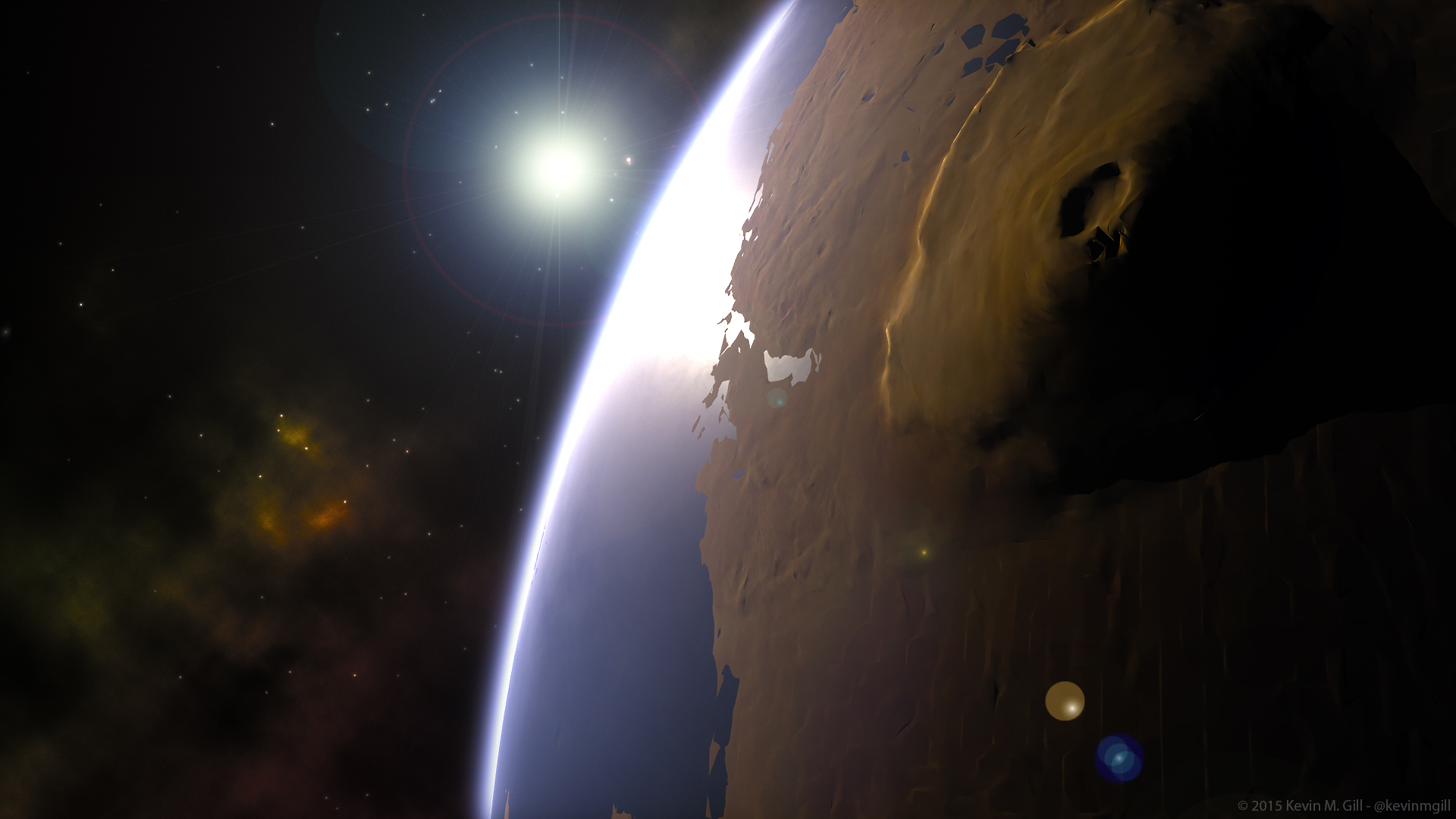News release
From:
Water frost has been observed at the peaks of tall, ancient Martian volcanoes on cold mornings, reports a study published in Nature Geoscience. The findings support the role of localised atmospheric circulation over these giant volcanoes in the active exchange of water between the Martian surface and atmosphere.
The Tharsis rise is a plateau located within Mars’s tropical latitudes that contains some of the Solar System's largest and tallest volcanoes, including the 21-kilometre-tall Olympus Mons, although these geologic features are seemingly inactive. Spacecraft have observed water ice clouds and measured localised enhanced levels of water vapour in the atmosphere above the volcanoes on the Tharsis plateau, suggesting that there may be an active water cycle operating in this region. However, average surface conditions at the tropics are not conducive to water frost formation, and there has been limited direct observational evidence that condensation at such low latitudes does occur.
Adomas Valantinas and colleagues analysed images collected by ESA’s Trace Gas Orbiter and identified ice deposits on volcano summits and the caldera floor of Olympus Mons. According to the data, the deposits only appear in the early Martian morning during colder seasons. Using climate model simulations, the researchers found that surface temperatures were consistent with the frost being composed of water and not carbon dioxide; an interpretation supported by analyses of other types of available spacecraft data. Furthermore, the simulations suggest that atmospheric circulation patterns generated by the atmosphere flowing over the tall Tharsis volcanoes — similar to microclimates induced by high mountains on Earth — can lead to conditions that permit frost condensation at Tharsis.
The authors estimate that the total mass of frost that may form on the Tharsis volcanoes is about 150,000 tonnes of water ice, which is likely being exchanged each day between the Martian atmosphere and surface during the planet’s cold seasons. Although this is a small fraction of the total amount of water vapour in the Martian atmosphere, it could be important for local surface environments.



 International
International



